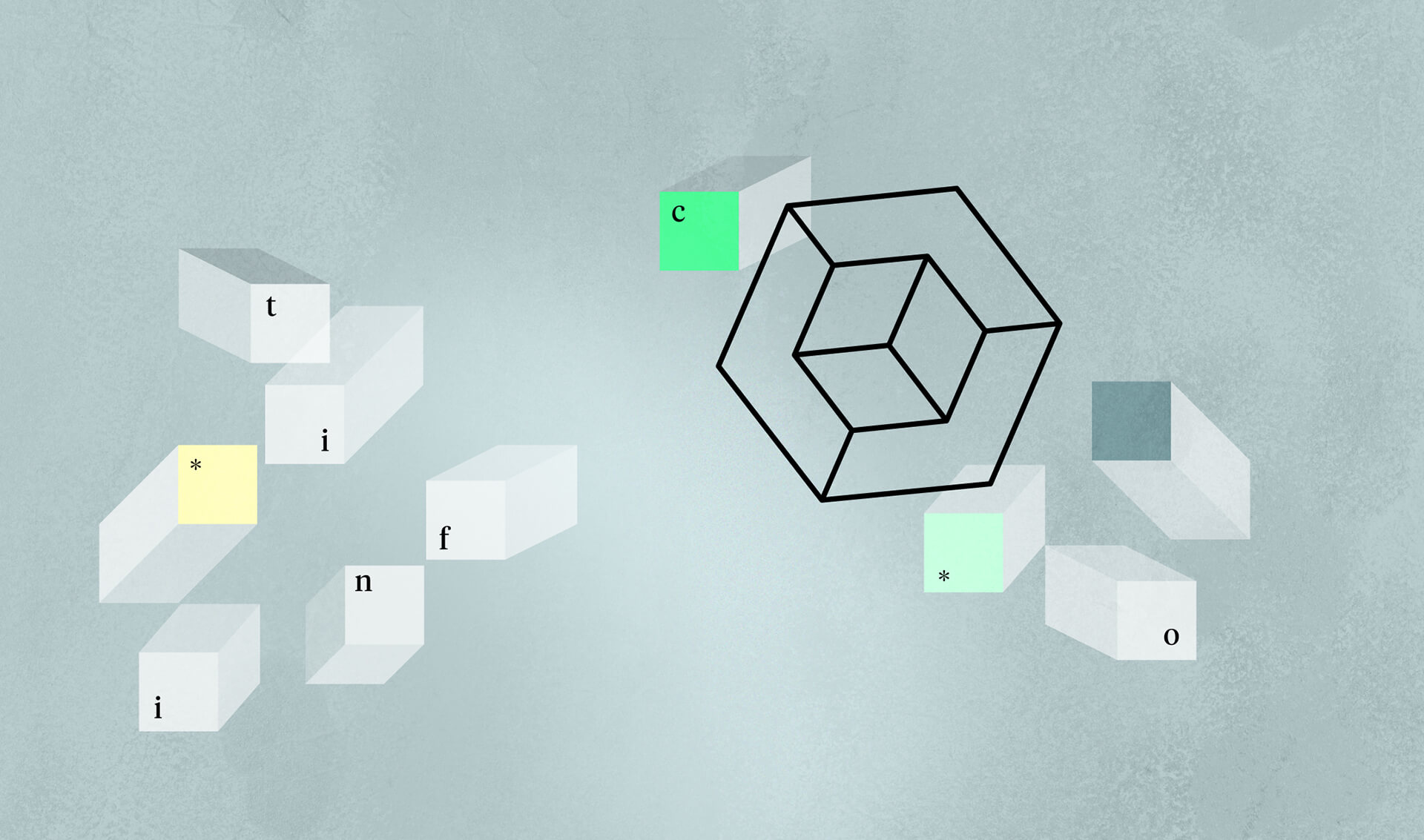

Futures Thinking
Written by
Sandeep Ozarde
Written by
Sandeep Ozarde
Futures Thinking
This thesis is intended to help to bridge the gap between science, technology, and design, putting the most current and near-distant-future issues in real context to understand the range of possibilities and discuss the ethical and moral landscape, its purpose is to set the sensitivity for debate, investigating and presenting hypothetical life cycles of products and services, and identifying design paraphernalia to better visualise the ethics and aesthetics of not-so-distant futures.
They should be problem identifiers, not just problem solvers searching for a solution to a pre-established set of parameters. Designers will need to understand the implications of science and technology for people. It is a multidisciplinary mix of scientists, engineers, and designers who are best positioned to understand and take advantage of these technologies. Design can define a simple protocol and clear clues about each robot behaviour or wearable devices so that we interact safely and effectively, working with large and complex data sets is becoming the norm for designers working on new products.
Design complexity and emerging technologies there are two fundamental issues regarding the design of emerging technologies: 1. The convergence of disparate technologies, and 2. The increasing scientific and engineering complexity required to work with each of those technologies. Designers have an opportunity to help define the parameters and design the interactions between humans and technology.
We need to question and explore human-machine interactions and consequences once applied on a mass scale to our daily lives. Design Fiction must facilitate debate on the implications of advanced research in science, medicine, social, agriculture, genetics — Design Fiction plays a crucial role in the democratisation of technological, social change by widening participation in debates about future technologies by presenting abstract issues as not-so-fictional enables us to explore ethical and social issues within the context of everyday life, in the late 1970s Xerox PARC one of the first started exploring such possibilities, creativity and science are core to Xerox PARC’s mission to reduce the time and risk attached to innovation.
Though much scientific progress will be needed before this becomes possible, combining AI and CRISPR might create healthier future generations. But the troubling questions arising from each technology would be compounded and new, unique issues could come out of optimisation. When will AI models of genetics to be good enough to for genome editing? When will CRISPR techniques be good enough to make the recommended edits accurately? What is the difference between preventing disease and enhancing the next generations? and how will AI try to tell the difference?
Isaac Asimov was one of the first futurists to explore the ethics of intelligent machines — he published his famous Laws of Robotics in 1942. Today AI ethics is receiving a great deal of attention following advances in self-driving vehicles, autonomous drones, govt, and private surveillance systems, genetics & bioengineering, IoT devices, and more. Europe launched the AI4People’s Ethical Framework for a Good AI Society an Atomium EISMD initiative designed to lay the foundations for a Good AI Society. Similarly, Asilomar AI Principles formulated by the Future of Life Institute, the World Economic Forum has also published a useful set of recommendations for creating an ethics code.
We’ve never built machines before that operate in ways their creators don’t understand. How well can we get along with machine algorithms that are unpredictable and uninterpretable? Not least in respect of black-box algorithms where they don’t employ humans in the loop system. Luis Granados, former director of Humanist Press points out that he AlphaGo computer “makes decisions is a way that is impossible for humans to trace or understand.”
Irresponsible applications based on the Internet of Things could be problematic in certain sectors of industry, home automation, healthcare, or military applications of AI. There is a risk of over-reliance on systems with poorly designed intelligence augmentation — we need experts to define guidelines before we make these products available.
Design Fiction can help foresee the potential negative events and how to bypass them before they happen eg. how could we avoid the next pandemic, we need to disarm nuclear weapons now before it destroys our planet. We need to create regulations laws to handle globally dysfunctional situations for humans, other living beings, and the environment eg GDPR compliance is the starting point to protect users' privacy rights, we need to further refine Issac Asimov’s Laws of Robotics. We need policies to assure that development of intelligence will be directed at augmenting humans and the common good.
Machine with some human capabilities using data and algorithms has ethical consequences, machines aren’t neutral, they replicate and reinforce bias, misinformation including misjudgment in the case of autonomous vehicles, healthcare, insurance, elections, and even jobs.
To be continued.